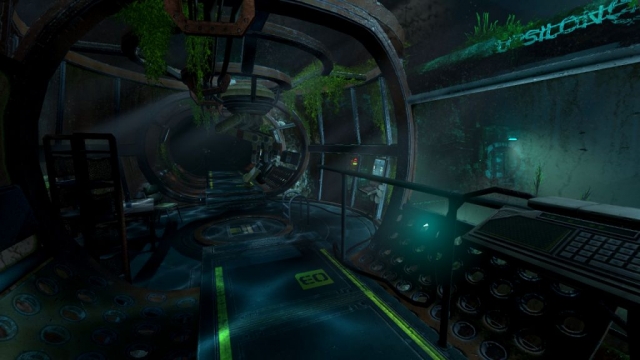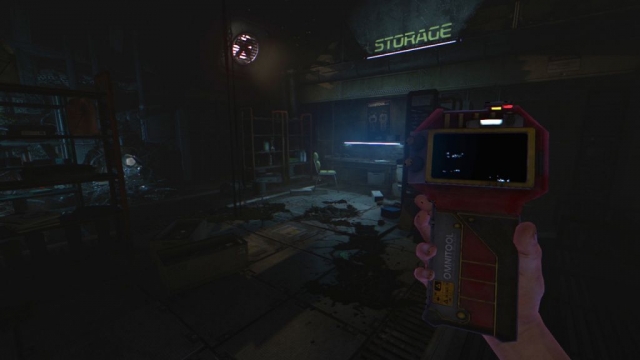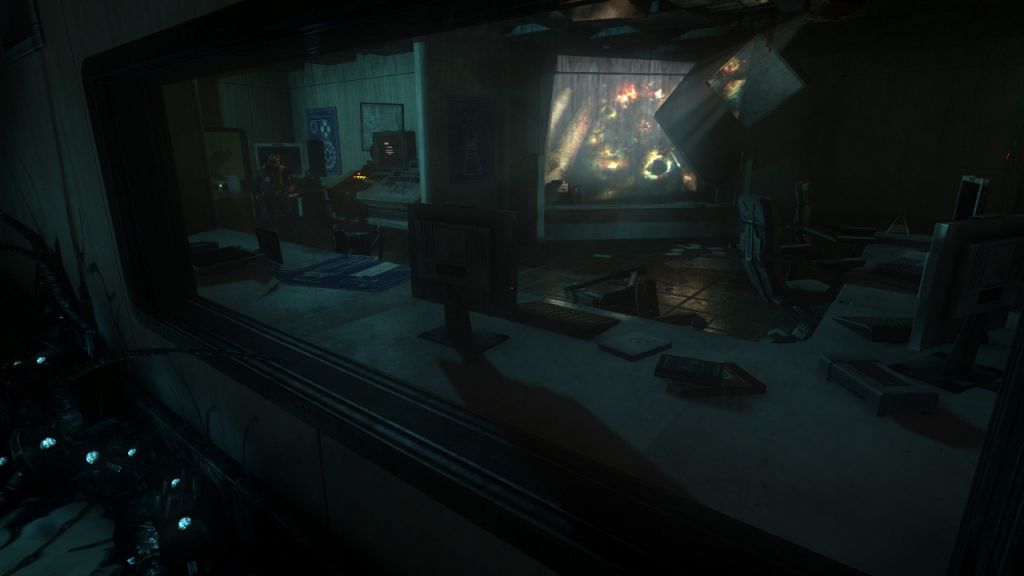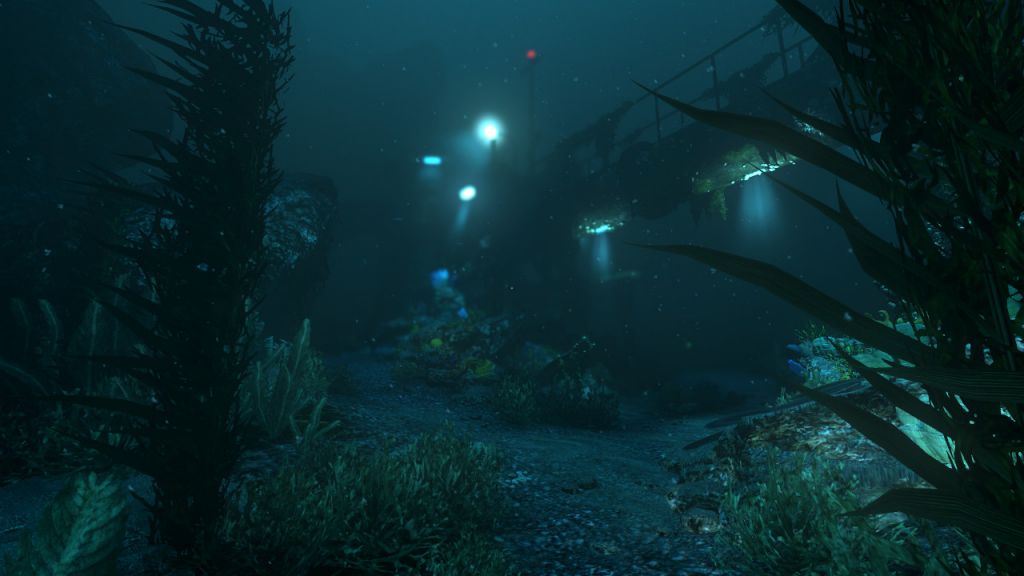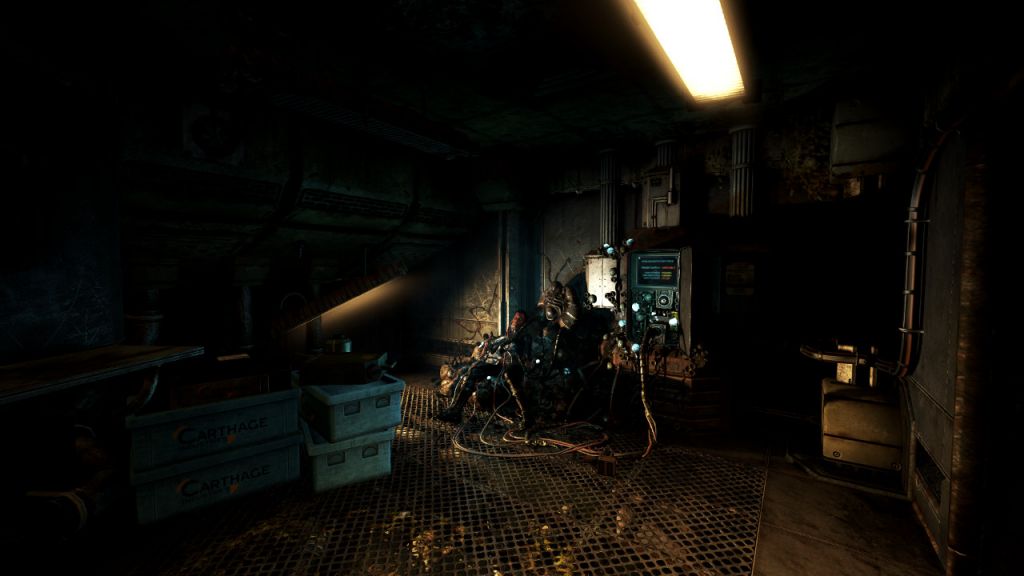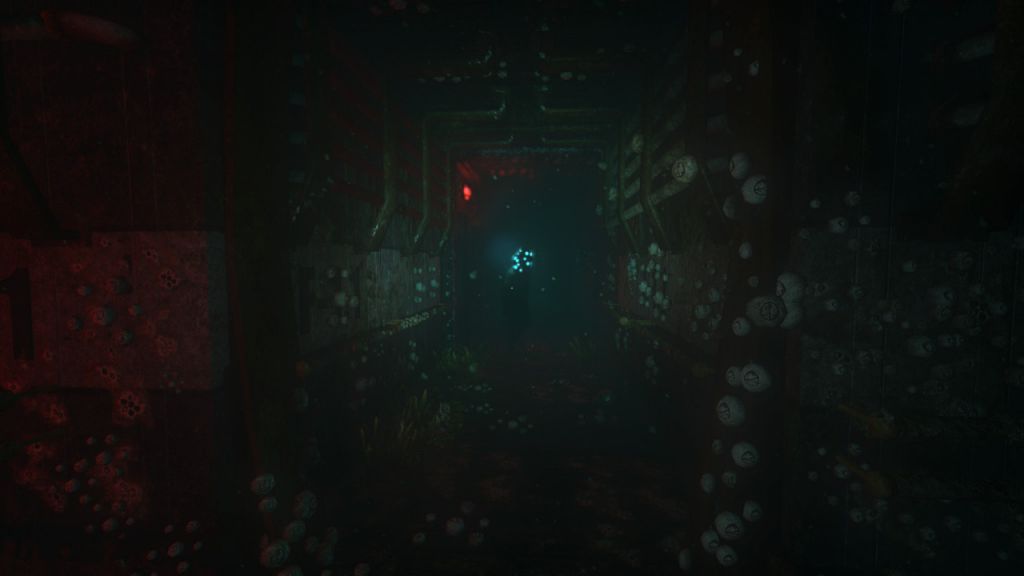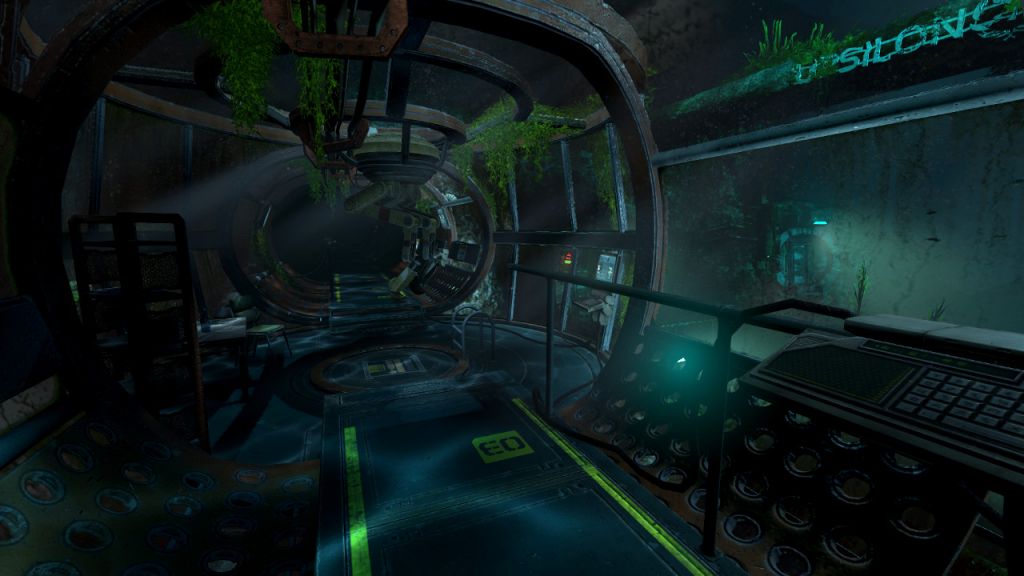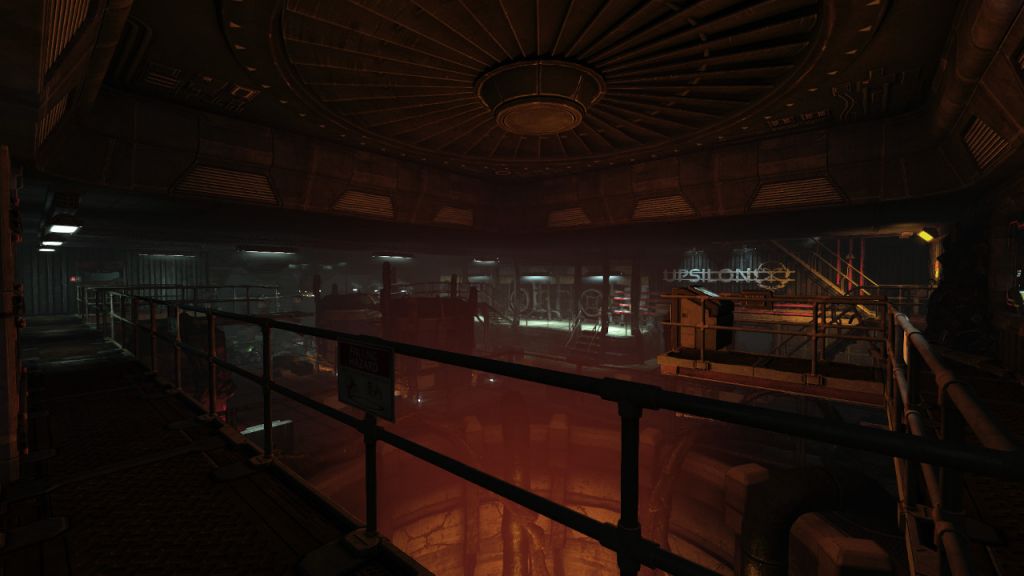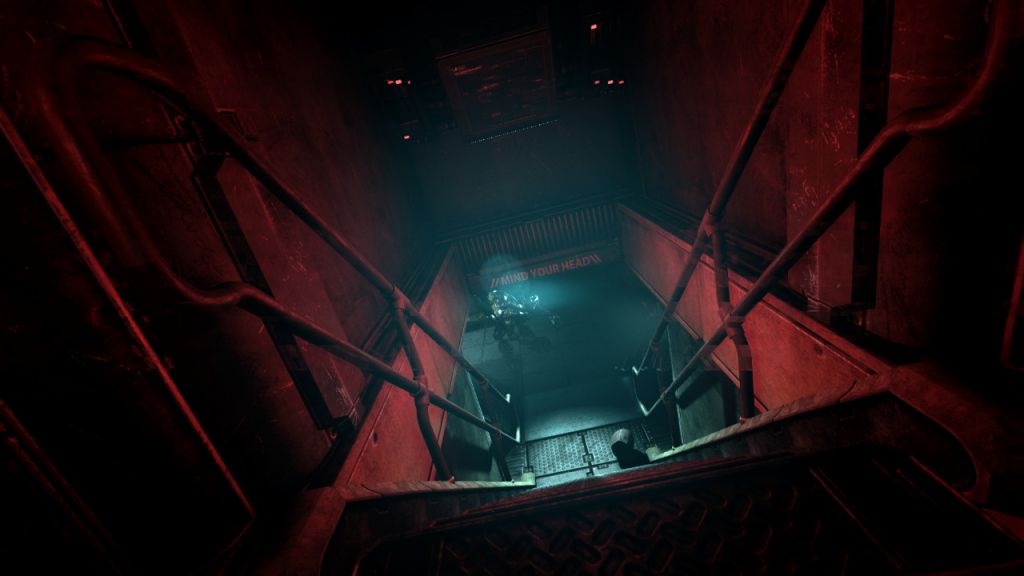SOMA
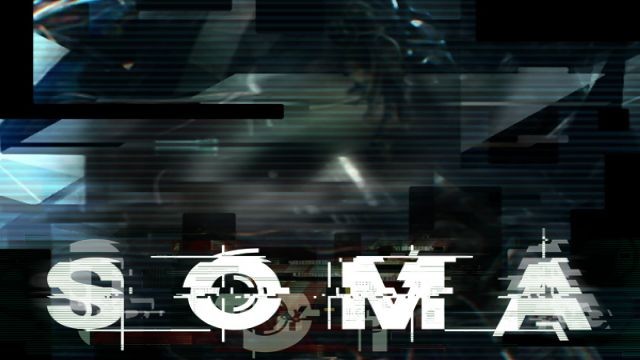
The Good: Incredibly atmospheric. Interesting, amazing, deep plotline.
The Bad: Acres of switch flipping and item fetching.
The Ugly: Monsters ineffective, not particularly threatening.
At first, I kind of didn’t know what to make of SOMA. I knew it was a horror survival game. Frictional Games are really the masters of that kind of thing these days, and I’ve played and enjoyed all their previous stuff, the Penumbras and Amnesias and whatnot, but the first several hours of SOMA doesn’t feel much like horror. Sure, I’m trapped in some weird deep sea research facility with no idea of how I got there, and the decorating scheme practically screams ‘Rogue AI,” but I’m not in any immediate danger. There’s no visible enemy, and though there are tantalizing half glimpses of enemies as if they have somewhere more important to be and I’ve just missed them, and there are signs of past violence everywhere, these things don’t feel imminently dangerous. Once I’ve settled into the world, maybe 30 minutes in, I’m not scared, not even the occasional jump scare.
I wander around, read a lot of email, listen to a lot of audio recordings. The plot I pick up, the bits and pieces, notes and photographs, fits with the rogue AI theme, but nothing surprising comes up, either from a horror or plot standpoint. I find that I can pick up and put down or throw just about anything: chairs, tools, cups, books. There’s an impressive physics engine running underneath it all, and these objects when I throw them around collide with one another in a believable way. But I’m not really interacting with them. In fact the number of things I can actually use in the game is surprisingly few. Consoles have usually one button I can push, wall panels one switch. And while this is true of most games, wandering around as I am and without much else to do, if feels more limiting here. This distances me from the game, takes me out of what is otherwise a very beautiful environment which has a definite crushing, claustrophobic feeling. Ever since Bioshock took me down to Rapture, I’ve been enamored of underwater environments, the eye candy combination of science and pseudo-science and steampunk. While PATHOS-2 (the research facility you’re in) doesn’t have the dilapidated and decaying beauty of Rapture, neither does it disappoint.
The first several hours are like this. I finally see an enemy which is slow and kind of meandering, and when he actually bumps into me I’m not sure if it hurts me or not. I become convinced that maybe I can’t die at all in this game (turns out I was wrong about this), and I debate with myself the choice Frictional Games made to take the fatality out of a horror game, and how SOMA could be an experiment into some kind of ethereal, cognitive horror. For me, this lack of danger really takes the horror out of the game. Sure, it’s creepy – creepy setting, creepy music, sounds of really creepy stuff going on in the distance, in other rooms somewhere in the station – and there are some nice scripted pieces like being trapped in a flooding compartment, but not particularly horror. I recall Amnesia: The Dark Descent being so scary and so tense that I literally had to take breaks. In the first 5 hours of playing SOMA (which seems to take me to about the 70% point judging from the achievement list), I’m only quitting when I need to get to bed, and I’m sleeping like a baby.
Around about hour four the enemies become more frequent if not particularly more deadly. I find myself thinking of them like the little brother who follows you everywhere, one which is an annoyance that you can never seem to get rid of. At about the same time the puzzles start to feel kind of redundant. Absolutely nothing works the way it is supposed to, and I’m flipping switches, rerouting power, manually overriding this, jury rigging that. This continued somewhat lackluster gameplay is bolstered by a number of excellent plot twists, ethical and existential dilemmas that make me, perhaps for the first time ever in a videogame, really think about and consider my actions.
For those looking for an Amnesia kind of horror game, this isn’t it. It’s very different, more cognitive. Amnesia was very fast off the chocks, throwing me up against formidable and determined enemies almost immediately. SOMA takes a more paced route, carefully building up a world, showing us one version of reality before ripping it all away and turning our understanding on its head, a trick it pulls not just once but several times. Comparisons to Amnesia I think are futile and frankly not fair, and it’s somewhat my fault for pigeonholing Frictional Games into the adrenaline, jump scare horror formula. SOMA is more thinky, more horrible for the ethical dilemmas it presents than the immediate danger to the character you play. Though there are slow places, some spots where you’re just kind of searching around looking to figure out how to make the plot advance, as the game progresses, as the story unfolds, it’s a bold and fascinating thing to experience.
Reviewed By: Phil Soletsky
Publisher: Frictional Games
Rating: 80%
——————————————————————————–
This review is based on a digital copy of SOMA for the PC provided by Frictional Games.
 Game Over Online
Game Over Online